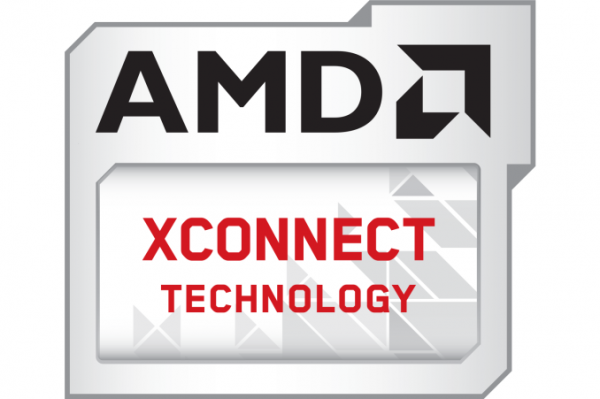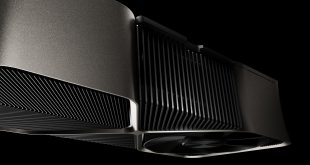A couple of weeks ago, AMD began teasing that it was working on something new for external graphics cards and today, the company finally put its cards on the table, showing off XConnect, a new feature aimed to make external graphics solutions as good as they should be.
Starting from today, inside of Radeon Software version 16.3, AMD XConnect will allow for seamless plug-and-play between laptops and external GPU solutions. This means if you have a laptop with Thunderbolt 3, you can hook up your external GPU and get straight to playing without having to reboot your machine. You can also disconnect the GPU without turning off your laptop.
AMD has partnered up with Razer to work on XConnect. Razer is set to launch the Core, its own graphics amplifier that will work with any other thunderbolt 3 laptop. XConnect also has some management options for external graphics cards that will live in your system tray, allowing you to take a look at what applications are using the additional graphics, close them, or safely disconnect your GPU.
There are some requirements for this feature to work though. Users will need to be running Windows 10 Build 10586 or newer, they will also need a 40Gbps Thunderbolt cable and the laptop must support BIOS ACPI extensions. Finally, this feature is currently only supported on Radeon R9 300 and Fury series graphics cards.
KitGuru Says: AMD is baking external GPU support into its drivers, which is good news for those that need the portability of a laptop but don't want to compromise on pure gaming performance while at home. Now we just need more manufacture-agnostic external GPU solutions like the Razer Core to hit the market. Are any of you currently gaming on a laptop? Would an external GPU solution interest you?
 KitGuru KitGuru.net – Tech News | Hardware News | Hardware Reviews | IOS | Mobile | Gaming | Graphics Cards
KitGuru KitGuru.net – Tech News | Hardware News | Hardware Reviews | IOS | Mobile | Gaming | Graphics Cards




Sounds promising, Now i can just buy an AIO PC and convert it into a gaming machine with a external GPU connected to it, still looking good in the living room..
hope my new dell xps 15 support it so i can work and play at the same time while on the move ; )
The ammount of computes with Thunderbolt 3 is very limited, so it won’t have a lot of traction at first. It would be interesting in the long run if: a) TB4 gets at least full PCIe3 16x speed b) Laptops actually start packing the connector c) Desktop motherboards and/or add-in cards do too. Then I will be finally be able to take my home desktop card on my suitcase whenever having to make night on a hotel elsewhere
nice idea but i want some improvements, coz only then it will get wide adoption unless it will die –
1. this BIOS feature should be added to each and every laptop even in 500$ notebooks.
2. every notebook should be capable of doing so even 500$ notebook.
3. we should not be limited to razor core only, i mean we should be able to add our desktop gpu too without taking it out of case ,like just connect type-C cable to notebook and its done by adding type-C port in motherboard and this feature should be specified on box and on website.
for ex. Asrock,ASUS,MSI should launch mini-ITX motherboard supporting this ability so we will buy a mini-ITX box size of intel NUC and thats it ….mark my words ….this will be successful.
4. there should be provision for poor gamers too like they should be able to use this setup by buying 100$ gpu ,mini itx case,20-30$ psu.coz more than 80% gamer buys entry or mid range gpus.
The problem is not adding the feature to the BIOS, it’s more about the costly Thunderbolt controller. I think this is an interim solution until Oculink comes to market.